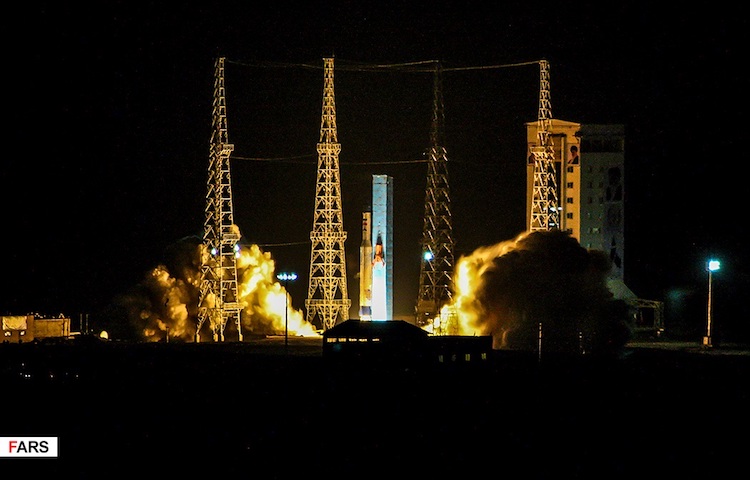By Arms Control Association

WASHINGTON, DC (IDN) – On January 17, the Trump administration unveiled its Missile Defense Review, which outlines the administration’s strategy to counter missile threats, focusing on those posed by “rogue states” defined as Iran and North Korea.
The review cites Iranian missile development as a primary challenge, repeatedly referencing the possibility of the development of an Iranian ICBM and the U.S. missile defense response. [2019-01-25]
The report also describes Iran’s transfer of missiles to terrorist organizations which then target U.S. and allied forces in the Middle East as a missile threat, noting that “one of Iran’s primary tools of coercion and force projection is its missile arsenal, which is characterized by increasing numbers, as well as increases in accuracy, range, and lethality.”
The report states that Iran’s “desire to have a strategic counter to the United States” could cause it to deploy an intercontinental ballistic missile and that investments in its space program could expedite this development.
It also reiterated Trump administration claims that Iranian space development will allow it to more easily develop an ICBM. “Iran, through its Space Launch Vehicle (SLV) program, has established the technical foundation to shorten the timeline to acquire an ICBM capability … as space launch vehicles use inherently similar technology.”
On January 15, Iran attempted to launch a satellite, but the launch failed. Technical experts have challenged the U.S. administration’s claims that the technology required for space launch vehicles exactly mirror that for ICBMs, although there is some technological overlap.
To counter the purported threat of an Iranian ICBM, the review advocates building an additional Ground-Based Interceptor (GBI) site in the United States, to supplement the two existing sites, expressly for the purpose of adding capacity to defend against a possible future Iranian ICBM. While the review calls for a third site to be built, a decision to build the site has not yet been made.
While Iran’s conventionally-armed ballistic missiles pose a regional threat, the argument that the United States must build a third GBI site to counter a future threat from nuclear-armed Iranian ICBMs is dubious at best.
Iran has committed to voluntarily cap the range of its ballistic missiles to 2,000 kilometers (an ICBM has a range in excess of 5,500 kilometers) and there is no indication that Iran is testing systems that exceed the 2,000-kilometer range.
And so long as the Joint Comprehensive Plan of Action (JCPOA) remains in place, Iran’s nuclear program will be subject to restrictions and more intrusive inspections that block its ability to build a nuclear weapon and thus prevent the country from arming its ballistic missiles with nuclear warheads.
The review also claims, without providing any evidence, that U.S. missile defenses serve to deter Iran from pursuing nuclear weapons and ICBMs since the United States withdrew from the Iran nuclear deal.
“U.S. missile defense capabilities provide an important hedge against evolving rogue state missile threats to the United States, allies, and partners, such as Iran seeking to acquire nuclear weapons and ICBM capabilities absent continued U.S. participation in the Joint Comprehensive Plan of Action,” according to the Missile Defense Review.
For a summary of current U.S. capabilities, see: “U.S. Missile Defense Programs At-a-Glance,” Arms Control Association Fact Sheet, updated January 14, 2019. [IDN-InDepthNews – 24 January 2019]
Photo: A Simorgh launch vehicle launched the Payam-e Amirkabir Satellite from the Imam Khomeini Space Center, Iran, on 15 January 2019. The satellite was not placed into orbit due to an issue with the rocket’s third stage.
IDN is flagship agency of the International Press Syndicate.
facebook.com/IDN.GoingDeeper – twitter.com/nukeaboltion






